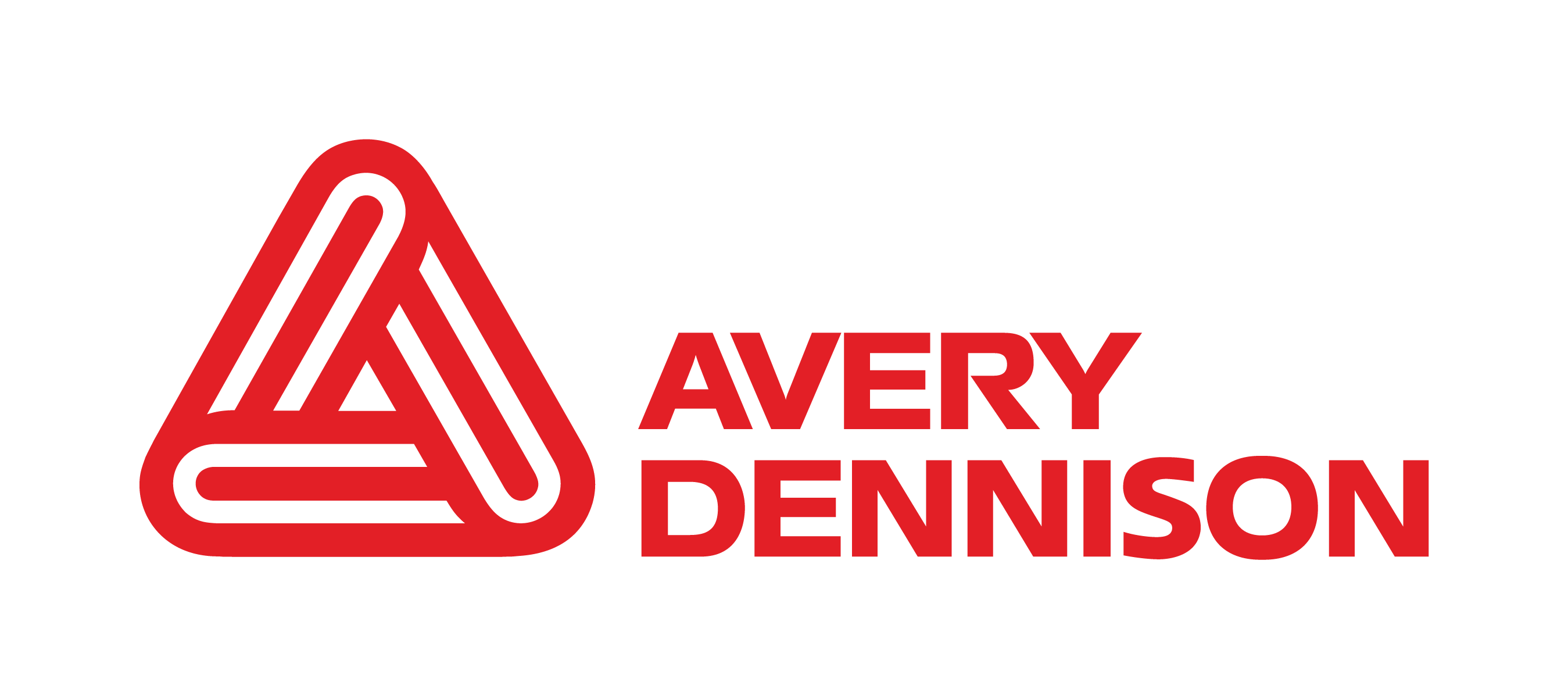The Globally Harmonized System for Classification and Labelling of Chemicals (GHS) is an international, standardized set of criteria for labelling chemical containers including drums, barrels, and intermediate bulk containers (IBCs). Developed by the United Nations, GHS communicates hazard information and safety precautions, minimizing the risk of handling errors and the regulatory burdens on chemical producers.
The GHS covers all chemicals that pose a physical, health, or environmental hazard and is used across transport, workplace, and consumer applications. The GHS does not apply to consumer packaging for pharmaceuticals, cosmetics, and food.
A GHS label contains six basic elements:
Hazard pictograms set in a diamond with a white background and red border. For packaging where a UN Model Regulations on the Transport of Dangerous Goods pictogram appears (a system which provides information on the degree of hazard and has a different color scheme for pictograms) a GHS pictogram for the same hazard should not appear.
Signal words such as “danger” or “warning”.
Hazard statements such as “flammable aerosol” or “fatal if swallowed”.
Precautionary statements (phrase and/or pictogram) regarding storage, handling, and disposal.
Product identifier that provides unique means by which the chemical identity of the substance or mixture can be determined.
Supplier identification including name, address, and telephone number.
Standardized pictograms, signal words, hazard statements, and precautionary statements can be found in the GHS guidelines.
Labels for sea transportation of chemicals
British Standard 5609 (BS 5609) testing is used to determine the performance of adhesive labels in marine situations, including readability of safety information after being submerged in salt water for 3 months, and is widely recognized as one of the highest standards for label durability.
The BS 5609 standard has four sections:
Section 1: An introduction to BS 5609, definitions, and a description of general requirements and responsibilities.
Section 2: Methods and requirements for testing a label’s base material.
Section 3: Test methods and requirements for testing the label, including the print.
Section 4: Guidance for shippers and users on the selection and application of labels.
Section 3 covers the final printed labels, including inks and ribbons applied to the materials that were certified in Section 2. These printed labels are tested for print key effectiveness, legibility, print permanence, resistance to abrasion, and weathering from light, salt spray, and sand.
BS 5609 Certification Service
The combinations of adhesives and facestocks offered in our Drum Label portfolio are compliant with Section 2 of BS 5609.
Typically, the regulatory burden of Section 3 falls on label converters, who are responsible for certifying the printing systems, inks and ribbons applied on Section 2-certified base materials. To simplify the BS 5609 certification process, Avery Dennison offers Section 3 testing and certification free of charge.
If you are interested in BS 5609 certification for your labels, please get in touch.

.jpg)